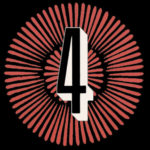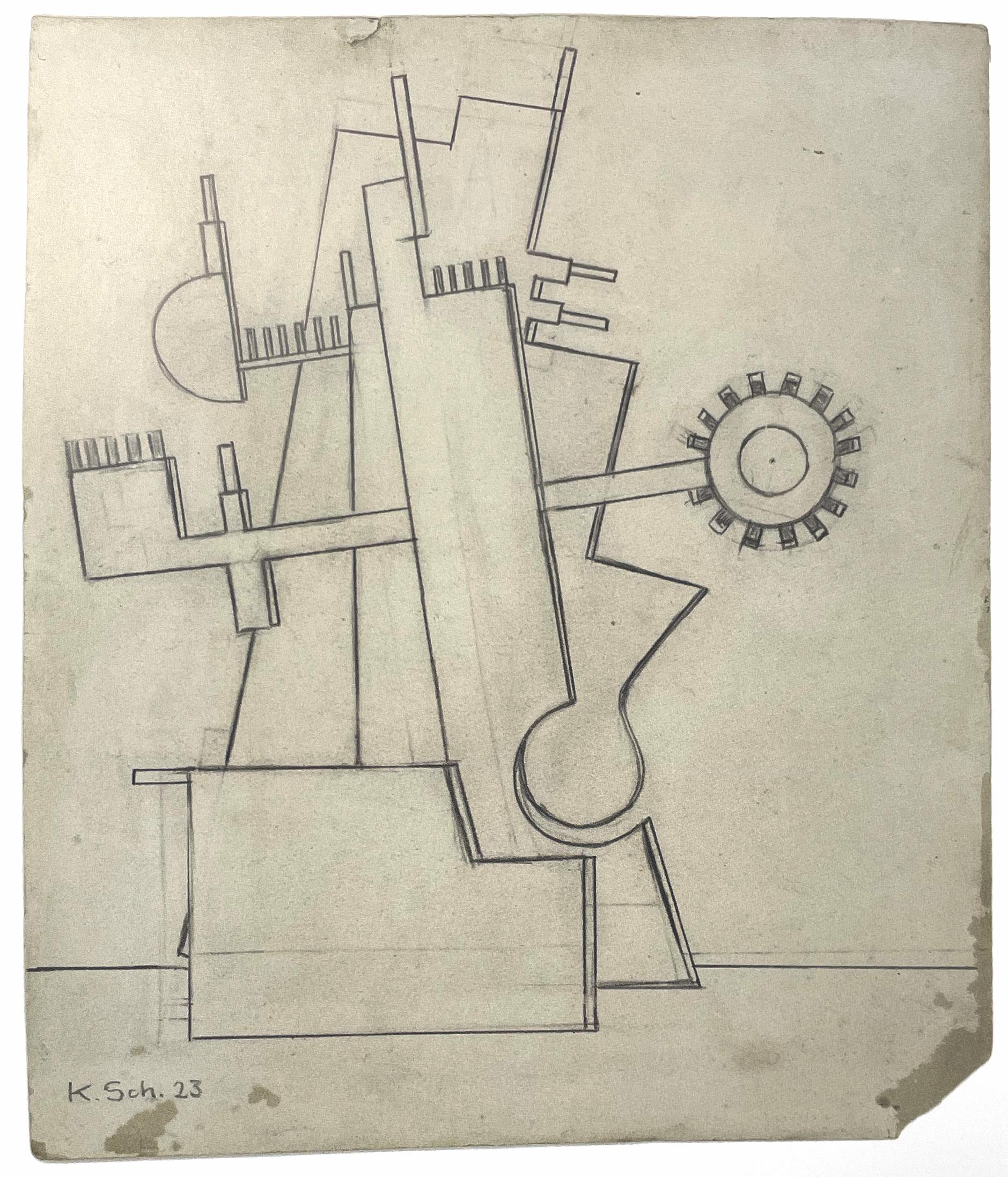F3D as a tool for the reconstruction of historical fireworks
-
AuthorPosts
-
 Kategorie 4
Kategorie 4Joined: Jun 2021 Posts: 4 Location: Fellbach, Hölderlinstraße 1  Charcoal
CharcoalThis is part III of IV. Results of a design seminar on firework architecture at the Bauhaus University Weimar.
I. The design seminar and its results
II. the cooperation of ArchiCAD and F3D
III. F3D as a tool for the reconstruction of historical fireworks
IV. Weehls & volcanoes
In 1923, at the end of the Bauhaus Week, fireworks were set off in the Ilmpark on Sunday, 19 August. As far as is known, these were not high-altitude fireworks, but mechanical sculptures equipped with fireworks.
The only surviving evidence of the fireworks are two sketches by Kurt Schmidt (1901-1991). He was a student at the Bauhaus in Weimar from 1920 to 1925 and studied with Oskar Schlemmer and Wassily Kandinsky, among others.
The first sketch was published in one of the first Bauhaus books, which appeared on the occasion of the Bauhaus Week: “Staatliches Bauhaus in Weimar 1919-1923” on page 157. The second sketch is a pencil sketch.
Both sketches show standing sculptures consisting of several composite forms.
The elongated appliqués can be clearly identified as firework effects, but it is not clear from the sketch which effects or colours are involved.
The reconstruction
In both sketches, rotating elements reminiscent of firework suns can be seen. In the colour lithograph, there is a red square at the top and a yellow triangle that must have been equipped with drivers and fountains. The red sun rotates around a central axis. The yellow triangle, on the other hand, seems to have rotated around an axis in the upper corner.
With the help of Archicad and Finale3d I recreated this construction and fitted it with fireworks. The graphic does not give any information about the type and colour of the effects. Only guesses can be made here. In this case, I also did not take into account what kind of effects were available at the time. The simulation is therefore an interpretation of how I would set the sculpture today.
The images of historical fireworks are usually difficult to decipher in terms of the sequence and duration of the fireworks, as they are usually not monthly shots and conclusions can rarely be drawn about a sequence. The ephemeral nature of fireworks makes them very difficult to document, especially in still images. Finale3D, however, can easily provide insight into possible sequences and structures of historical fireworks. Much like the remains of dinosaurs, what they actually looked like can only be speculated. But these animations bring the viewer one step closer to historical fireworks.
A good example is the design by Kurt Schmidt. In his sketches, the actual moment of the fireworks is not recognisable. The unexpected enlargement of the sculpture and the shapes created by the suns and fountains show the previously invisible appearance of the design.
-
AuthorPosts
Please login to reply to this topic.



